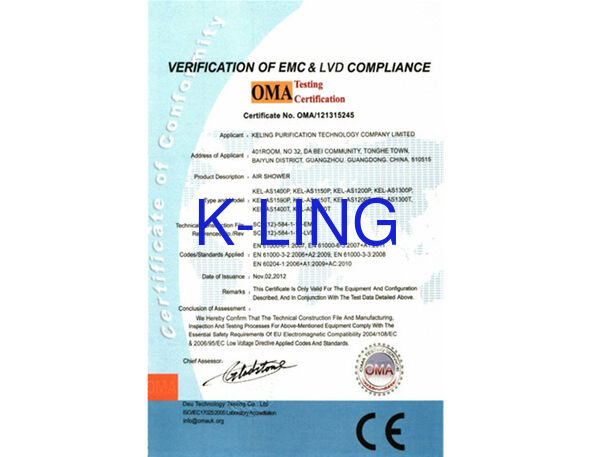Airborne particles Characteristics
Airborne particles are solids suspended in the air. For our purposes, particles are defined
as bodies with:
1) Definite physical boundaries in all directions.
2) Diameters ranging from 0.001 micron to 100 microns*.
3) Liquid or solid phase material characteristics.
*The size of contaminants and particles are usually described in microns; one micron is one-millionth of a meter. In English units one micron equals 1/25,400 inch. To give aperspective, a human hair is about 75-100 microns in diameter. A particle of 0.5 micron(200 times smaller than the human hair) can cause major disaster in a cleanroom.
Sources Of Contamination
The airborne contamination level of a cleanroom is largely dependent on the particle generating activities in the room, besides the personnel who also contribute to the contamination levels. It has been found that many of these contaminants are generated from five basic sources (1) the facilities, (2) people, (3) tools, (4) fluids and (5) the product being manufactured. Review the list below to gain a better understanding of where the contamination originates.
1) Facilities
• Walls, floors and ceilings
• Paint and coatings
• Construction material (sheet rock, saw dust etc.)
• Air conditioning debris
Room air and vapors
• Spills and leaks
2) People
• Skin flakes and oil
• Cosmetics and perfume
• Spittle
• Clothing debris (lint, fibers etc.)
• Hair
3) Tool Generated
• Friction and wear particles
• Lubricants and emissions
• Vibrations
• Brooms, mops and dusters
4) Fluids
• Particulates floating in air
• Bacteria, organics and moisture
• Floor finishes or coatings
• Cleaning chemicals
• Plasticizers (out-gasses)
• Deionized water
5) Product generated
• Silicon chips
• Quartz flakes
• Cleanroom debris
• Aluminum particles

 Your message must be between 20-3,000 characters!
Your message must be between 20-3,000 characters! Please check your E-mail!
Please check your E-mail!  Your message must be between 20-3,000 characters!
Your message must be between 20-3,000 characters! Please check your E-mail!
Please check your E-mail! 

